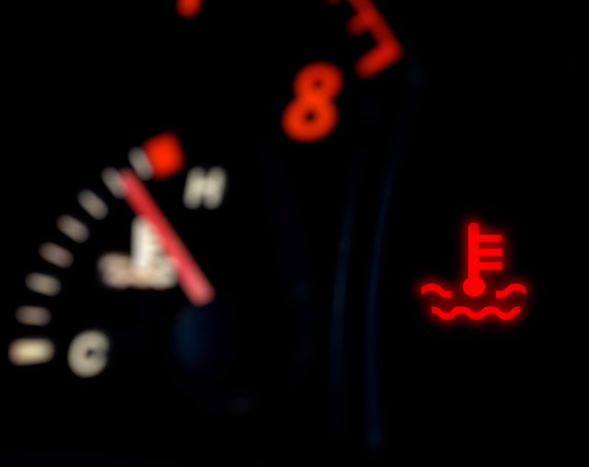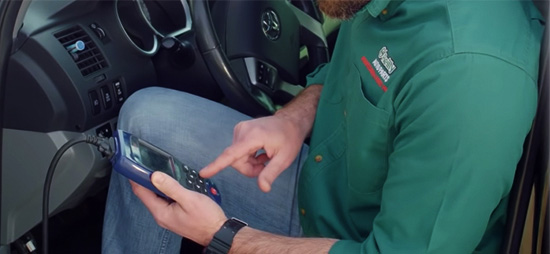
If the radiator is obstructed, it prevents the proper flow of coolant, leading to overheating. The radiator’s job is to dissipate the heat generated by the engine. If the thermostat is stuck closed, the coolant will not flow through the engine, causing overheating. The thermostat is responsible for regulating the flow of coolant in the engine. If you notice any leaks, have the cooling system repaired by a qualified mechanic. Inspect the cooling system for leaks or malfunctions.Check the coolant level and refill it Advertisements.Leaks can occur in several places, such as the reservoir, radiator cap, water pump, head gasket, or engine block. The reason behind the low coolant level is leaking in your car’s cooling system. If the coolant level in the engine is low, the engine may not be able to regulate its temperature properly, leading to overheating.

This is the most common cause of the engine temperature warning light. This should allow the engine to cool down before continuing to drive. Solution: Pull over and turn off the engine. If the engine can’t dissipate heat efficiently, it can cause the coolant temperature to rise above normal levels, triggering the warning light. The high outside temperature puts extra stress on your engine, making it harder to keep a safe operating temperature. Yes, an overworked engine during hot weather can cause the engine temperature warning light to come on. These include: Overworked Engine During Hot Weather There are several reasons why the warning light may be on. Why Is the Engine Temperature Warning Light On?

If the red warning light comes on while driving, it’s important to pull over to a safe location and turn off the engine. Continuing to drive your vehicle with the warning light can cause severe engine damage, resulting in costly repairs. No, you shouldn’t continue driving once you notice the warning light. Advertisements Can I Still Drive With the Engine Temperature Warning Light On? In this case, you should inspect and replace the sensor. It could be due to a malfunctioning temperature sensor. However, suppose the low engine temperature light stays on even after the engine has warmed up. This light only appears when the engine coolant temperature is low and will turn off once the engine is warm. In contrast, if you see a blue engine temperature warning light – it’s not as serious as a red one. Low Engine Temperature Warning Light (Blue) But if the light start stays illuminated, it’s a sign that your engine is overheating.

In some cases, the warning light may also be accompanied by a message on the dashboard display.Īs mentioned above, when you turn on your car, the warning light usually lights up in red for a couple of seconds. The appearance of the engine temperature warning light can vary depending on the make and model of your vehicle. High Engine Temperature Warning Light (Red) The high engine temperature warning light is generally represented by a thermometer icon with two wavy lines below. This is normal, but if the light stays on or flashes while driving, especially if it’s the red symbol, you should take action right away. Usually, the engine temperature warning light comes on when you start the car, but it should go off once the engine has started. And that’s not good news because your car engine needs to be at a specific temperature to work properly. The light indicates that your engine temperature is too hot or too cold. Ready to get started? What Does It Mean When the Engine Temperature Warning Light Comes on? In this guide, I’ll explain everything you need to know about the engine temperature warning light, including what it means, why it appears, and what you should do if it lights up.
#TEMPERATURE WARNING LIGHTS HOW TO#
This can be a nerve-wracking experience, especially if you’re unsure about the meaning of this light and how to respond to it. The engine temperature warning light is appearing on your car’s dashboard, right?


 0 kommentar(er)
0 kommentar(er)
